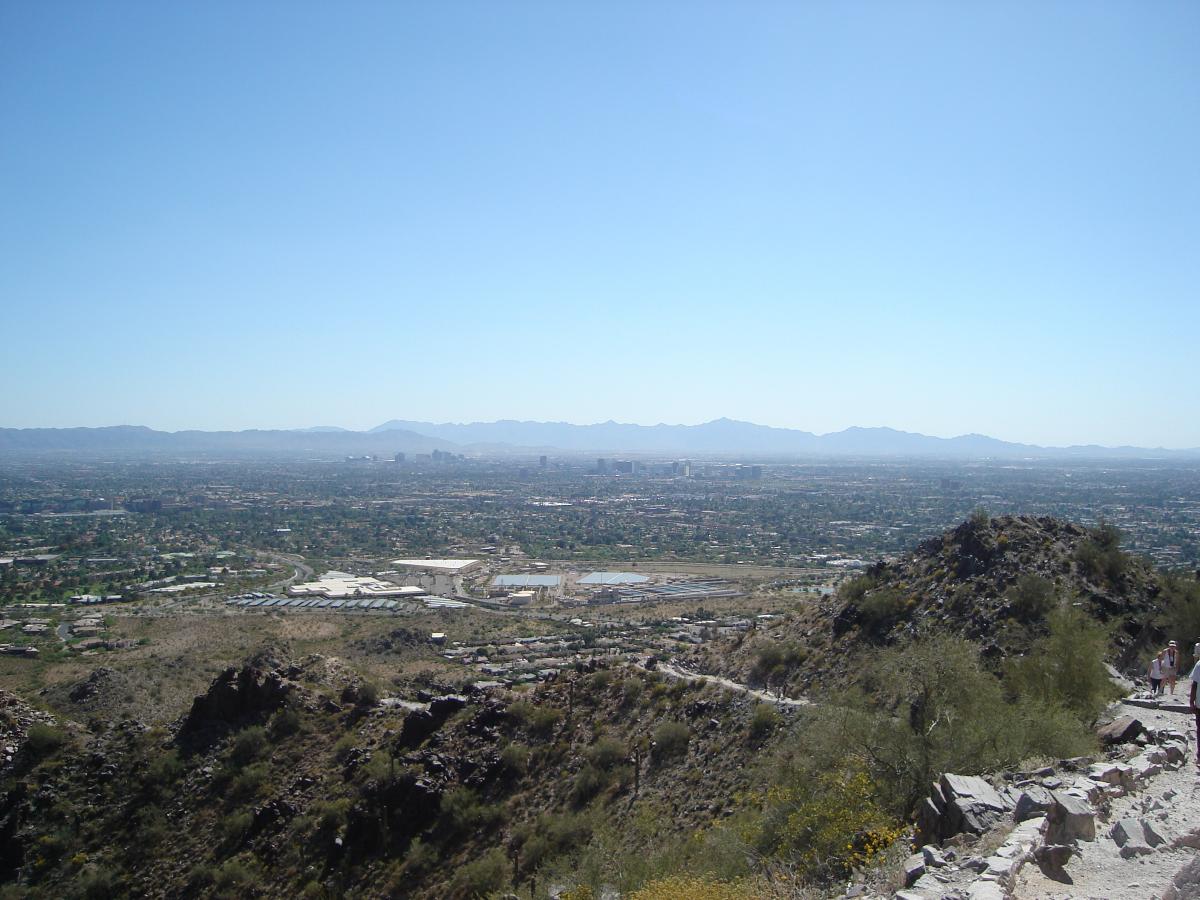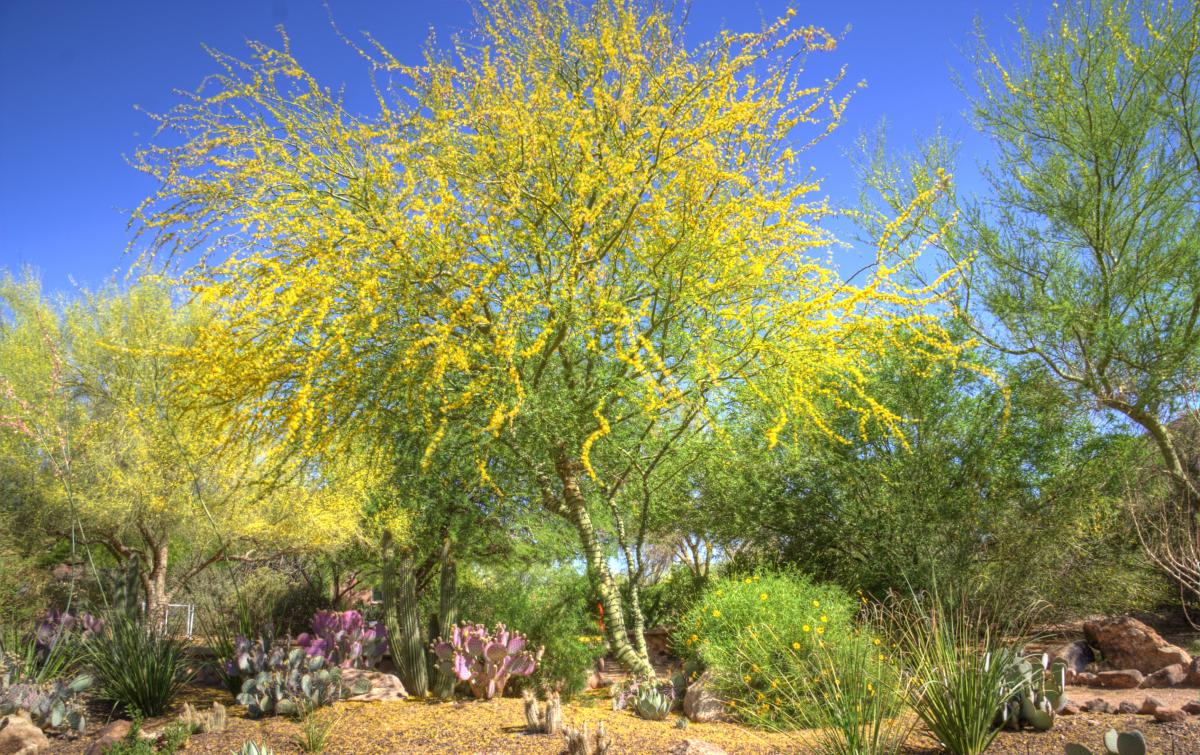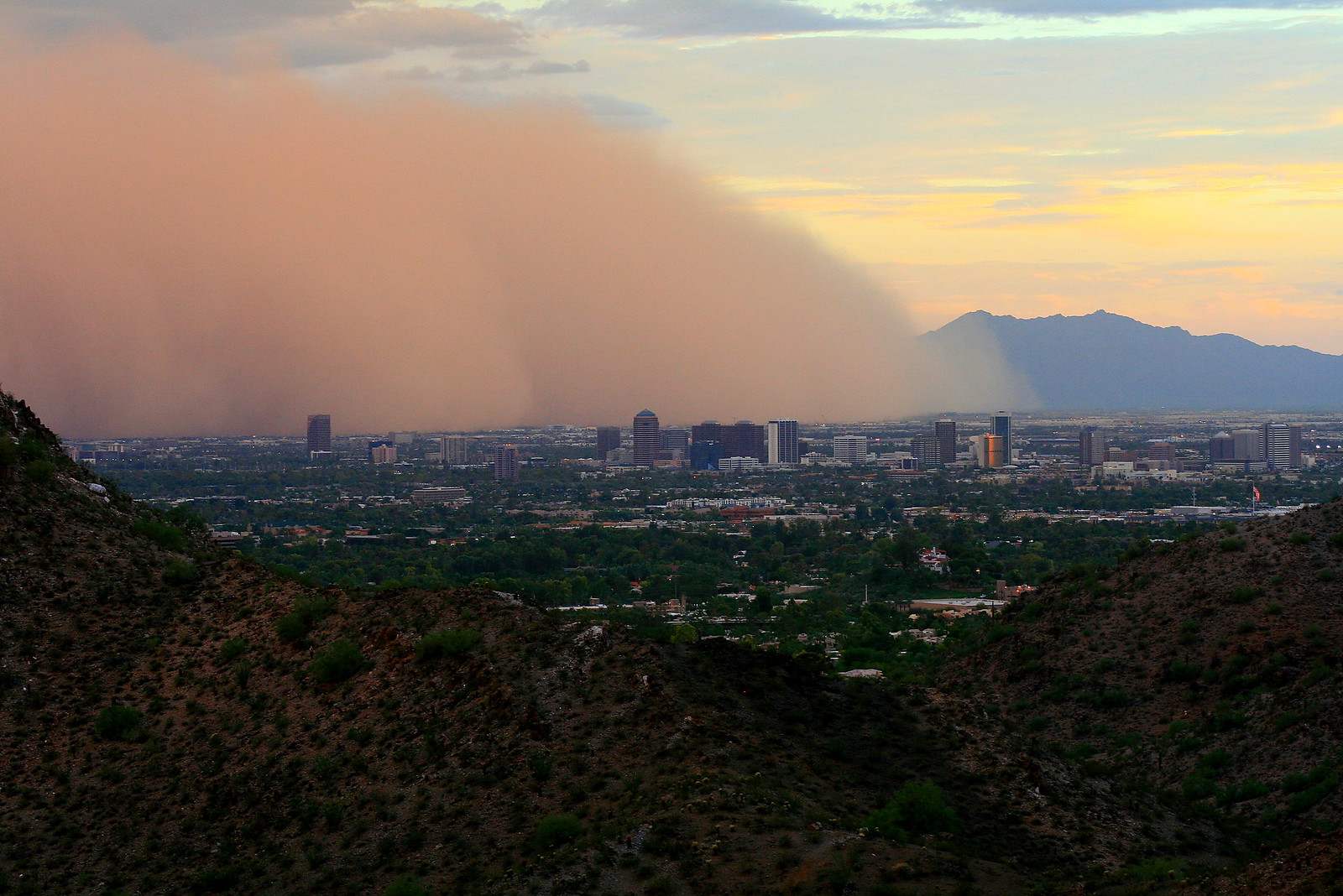
Short Summary
Phoenix, the capital of Arizona and most populous city in the state, is known for its sun and warm temperatures, as well as golf courses and high-end spa resorts. Its early economy was concentrated on agriculture and natural resources, but has since become diversified. The city has national parks, county (Maricopa county) parks, as well as city parks. The most common tree in city parks and along city streets is the Mesquite (Prosopis velutina), accounting for 8.8% of trees in those areas, while Blue Palo Verde (Parkinsonia florida) accounts for 6.8%. Native flora and fauna of the Sonoran Desert can primarily be found in the suburbs and desert areas surrounding the city, and some within the city limits. According to Phoenix’s TreeKeeper, there are over 93,000 street trees, bringing in over $9.2 million in eco benefits (air, water, energy, property, and greenhouse gas benefits). Project Desert Canopy Arizona found over 3.1 million trees in the city, accounting for 9% shade within the city. Situated in a major metropolitan area, drought and extreme heat are two major threats to the urban forest and human health. Understanding tree species vulnerability and key climate change impacts is critical to Phoenix’s climate adaptation and management efforts in the 21st century.
Tree Species Vulnerability
Species distribution modeling suggests that the changing climate will shift suitable habitat and heat and hardiness zones for various tree species in the Phoenix region. Climate change vulnerability of urban trees, including adaptive capacity and zone suitability under low and high emissions scenarios, is outlined in the tree species handout below.


Climate Change Impacts
Extreme heat is the top climate change concern in the Phoenix region. According to Climate Central, Phoenix is the second fastest warming city in the country. The city is getting up to 21°F hotter in the summer compared to nearby rural areas, and summers are also getting more humid and muggier as the dewpoint temperature increases. Dangerous heat days are expected to increase statewide, from the average of 50 days a year to a projection of almost 80 days a year by 2050. The severity of summer drought is also projected to increase in Arizona - more than triple by 2050 - and the state is projected to experience 115 days with high wildfire potential by this time. Maintaining and increasing tree canopy cover is critical for adapting to climate change impacts in the region, which threaten the health of humans and ecosystems.
Work With Us
To learn more about this project, contact Leslie.
